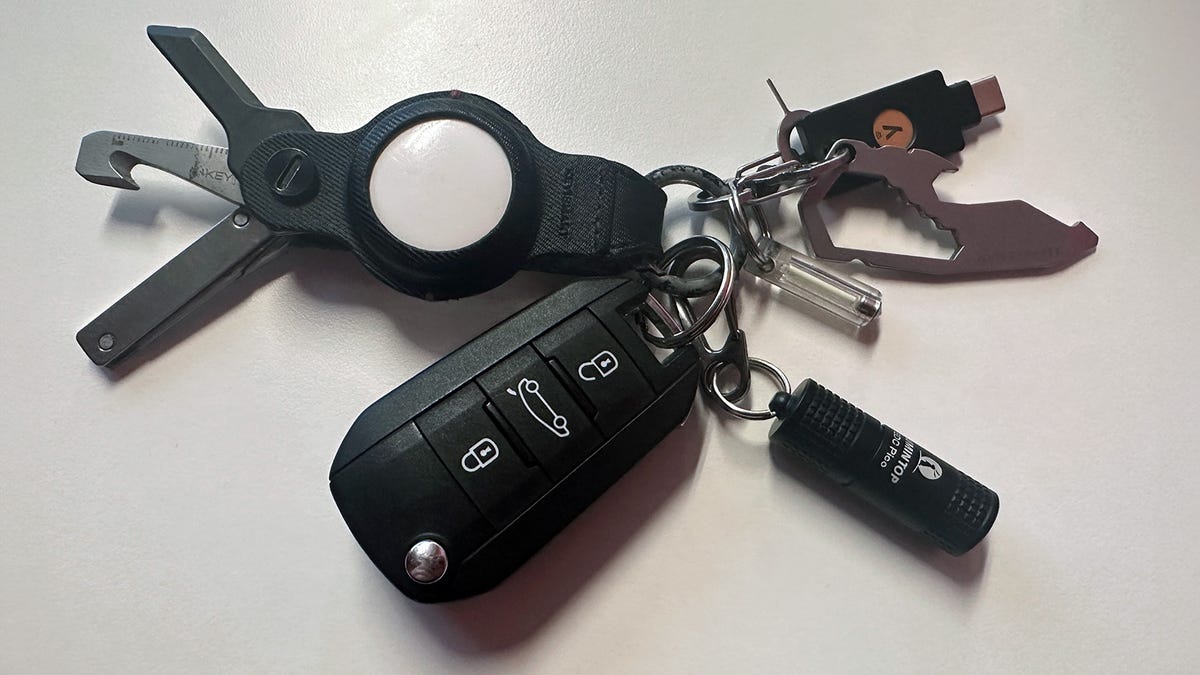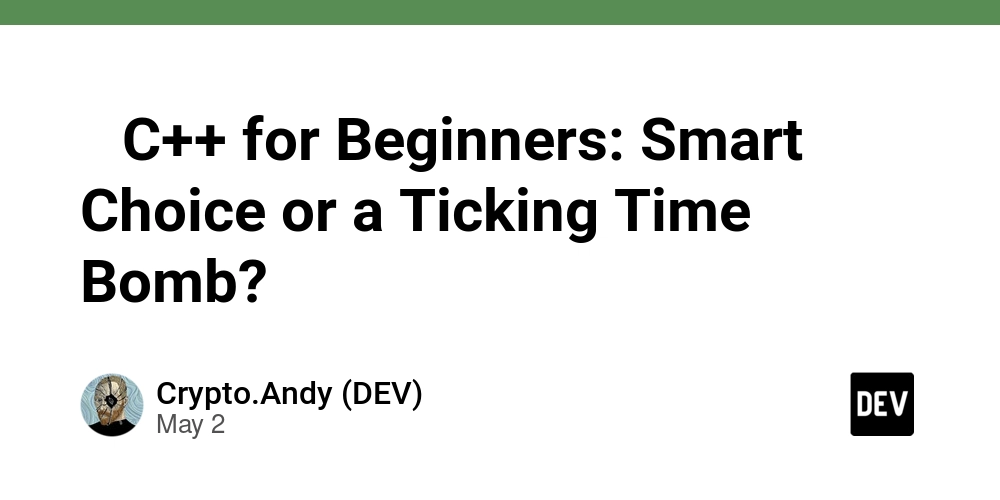Why 100 lines of code is sometimes better than 2 lines of code
In the world of programming, there's often a race to write the most "concise" or "clever" code. But sometimes, trying to squeeze logic into as few lines as possible can actually hurt more than help. Let's talk about why writing 100 lines of clean, readable code is often better than a 2-liner magic trick, with real-world examples to back it up. ** Myth: Less code > More code ** It's tempting to think: "If I can do this in 2 lines, why write 100?" But here’s the truth: Short code is not always readable It’s harder to debug It's often less maintainable It usually lacks context, error-handling, and clarity Let’s look at some real-life analogies and coding scenarios to understand this better. Let's give some data: You can code minesweeper with less than 100 lines of code. To code Windows 10, you need over a million. The amount of lines has absolutely nothing to do with how good your product is. The three pillars of coding: Speed, Space, Length. The best you can get is two out of three. payment_gateway.charge(card, amount) Would you trust this line of code for your lakhs and crores of transaction. import razorpay # Initialize the Razorpay client with your key ID and secret client = razorpay.Client(auth=("YOUR_KEY_ID", "YOUR_KEY_SECRET")) # Create an order data = { "amount": 50000, # Amount in paise (e.g., 50000 paise = ₹500) "currency": "INR", "receipt": "order_rcptid_11" } order = client.order.create(data=data) print("Order created:", order) # In a real application, you would typically store the order ID in your database order_id = order['id'] # Example of capturing a payment (this would be done after the customer has authorized the payment) payment_id = "YOUR_PAYMENT_ID" # Payment ID obtained after successful payment try: client.payment.capture(payment_id, {"amount": 50000, "currency": "INR"}) print("Payment captured successfully") except Exception as e: print("Error capturing payment:", e) # Example of checking payment status try: payment = client.payment.fetch(payment_id) print("Payment details:", payment) if payment['status'] == 'captured': print("Payment was successful") else: print("Payment failed or is pending") except Exception as e: print("Error fetching payment:", e) I would rather trust this piece of code for even my 200 Rupees payment.

In the world of programming, there's often a race to write the most "concise" or "clever" code. But sometimes, trying to squeeze logic into as few lines as possible can actually hurt more than help.
Let's talk about why writing 100 lines of clean, readable code is often better than a 2-liner magic trick, with real-world examples to back it up.
**
Myth: Less code > More code
**
It's tempting to think:
"If I can do this in 2 lines, why write 100?"
But here’s the truth:
Short code is not always readable
It’s harder to debug
It's often less maintainable
It usually lacks context, error-handling, and clarity
Let’s look at some real-life analogies and coding scenarios to understand this better.
Let's give some data:
You can code minesweeper with less than 100 lines of code.
To code Windows 10, you need over a million.
The amount of lines has absolutely nothing to do with how good your product is.
The three pillars of coding: Speed, Space, Length.
The best you can get is two out of three.
payment_gateway.charge(card, amount)
Would you trust this line of code for your lakhs and crores of transaction.
import razorpay
# Initialize the Razorpay client with your key ID and secret
client = razorpay.Client(auth=("YOUR_KEY_ID", "YOUR_KEY_SECRET"))
# Create an order
data = {
"amount": 50000, # Amount in paise (e.g., 50000 paise = ₹500)
"currency": "INR",
"receipt": "order_rcptid_11"
}
order = client.order.create(data=data)
print("Order created:", order)
# In a real application, you would typically store the order ID in your database
order_id = order['id']
# Example of capturing a payment (this would be done after the customer has authorized the payment)
payment_id = "YOUR_PAYMENT_ID" # Payment ID obtained after successful payment
try:
client.payment.capture(payment_id, {"amount": 50000, "currency": "INR"})
print("Payment captured successfully")
except Exception as e:
print("Error capturing payment:", e)
# Example of checking payment status
try:
payment = client.payment.fetch(payment_id)
print("Payment details:", payment)
if payment['status'] == 'captured':
print("Payment was successful")
else:
print("Payment failed or is pending")
except Exception as e:
print("Error fetching payment:", e)
I would rather trust this piece of code for even my 200 Rupees payment.





































































































































































![[The AI Show Episode 145]: OpenAI Releases o3 and o4-mini, AI Is Causing “Quiet Layoffs,” Executive Order on Youth AI Education & GPT-4o’s Controversial Update](https://www.marketingaiinstitute.com/hubfs/ep%20145%20cover.png)




























































































































![[DEALS] Microsoft 365: 1-Year Subscription (Family/Up to 6 Users) (23% off) & Other Deals Up To 98% Off – Offers End Soon!](https://www.javacodegeeks.com/wp-content/uploads/2012/12/jcg-logo.jpg)




![From Art School Drop-out to Microsoft Engineer with Shashi Lo [Podcast #170]](https://cdn.hashnode.com/res/hashnode/image/upload/v1746203291209/439bf16b-c820-4fe8-b69e-94d80533b2df.png?#)







































































































(1).jpg?#)































_Inge_Johnsson-Alamy.jpg?width=1280&auto=webp&quality=80&disable=upscale#)













































































































![Apple to Split iPhone Launches Across Fall and Spring in Major Shakeup [Report]](https://www.iclarified.com/images/news/97211/97211/97211-640.jpg)
![Apple to Move Camera to Top Left, Hide Face ID Under Display in iPhone 18 Pro Redesign [Report]](https://www.iclarified.com/images/news/97212/97212/97212-640.jpg)
![Apple Developing Battery Case for iPhone 17 Air Amid Battery Life Concerns [Report]](https://www.iclarified.com/images/news/97208/97208/97208-640.jpg)
![AirPods 4 On Sale for $99 [Lowest Price Ever]](https://www.iclarified.com/images/news/97206/97206/97206-640.jpg)
































![[Updated] Samsung’s 65-inch 4K Smart TV Just Crashed to $299 — That’s Cheaper Than an iPad](https://www.androidheadlines.com/wp-content/uploads/2025/05/samsung-du7200.jpg)





































































